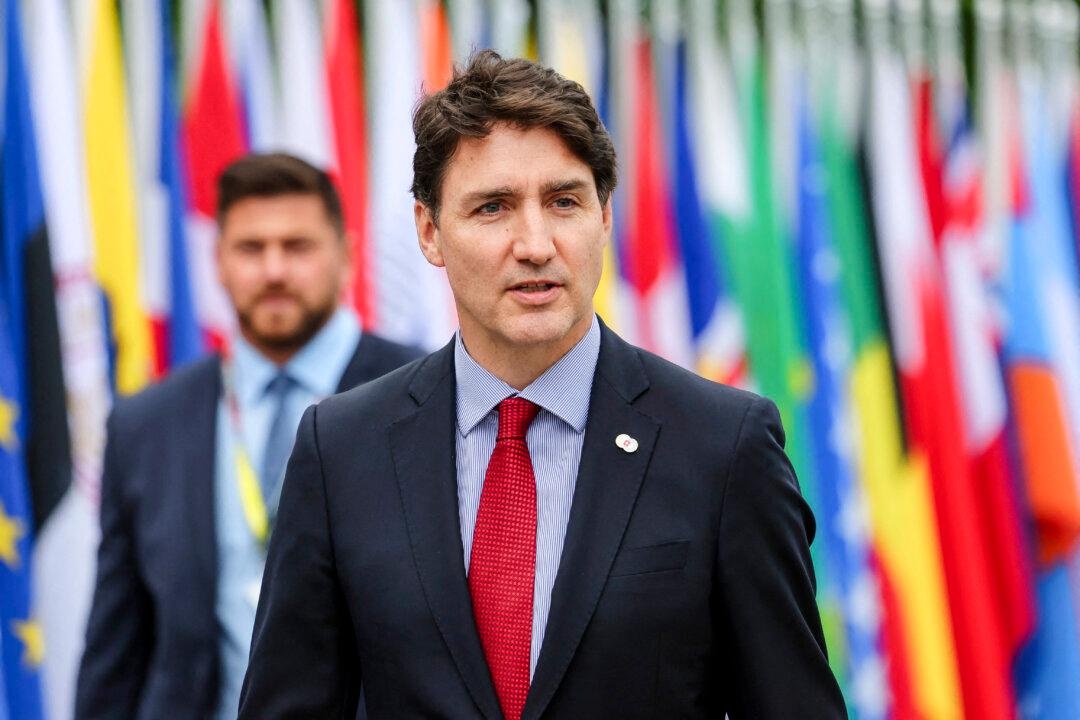In making his points about the importance of the pact, Trudeau said in an address at the United Nations in New York on Sept. 22 that the world is at an “inflection point.” He said the foundations of the international order are being undermined by climate change, rising inequality, record levels of displacement, and “the erosion of women’s rights, LGBT+ rights, and indigenous rights.”
“We can bury our heads in the sand, eschewing multilateralism in favour of short-sighted self-interest, or we can recognize that, collectively, we have a responsibility to set our differences aside to confront the serious global challenges and to deliver on a Pact for the Future that builds a more peaceful world, but also one where everyone, every generation, has a real and fair shot,” he said.
UN Pact for the Future
As stated in the outcomes document, the Pact for the Future pledges a “new beginning in multilateralism” that involves strengthening the multilateral system and its institutions, with the U.N. and its charter at the centre, to “keep pace with a changing world.”The 66-page document outlines the pact’s 56 action steps. They include eradicating poverty, achieving gender equality, strengthening actions to address climate change, promoting member state cooperation to resolve conflicts, investing in children’s social and economic development, seizing the opportunities presented by science and technology “for the benefit of people and planet,” and advancing the goal of “a world free of nuclear weapons.”
“We must renew trust in global institutions by making them more representative of and responsive to today’s world and more effective at delivering on the commitments that we have made to one another and our people,” the document says.
It also calls for the Security Council to be enlarged “in order to be more representative of the current United Nations membership and reflective of the realities of the contemporary world,” and to better collaborate with the General Assembly.
Building on Agenda 2030
The Pact for the Future builds on the U.N.’s 2030 Agenda for Sustainable Development, an initiative launched by the U.N in 2015 to address a host of global challenges. The agenda involves 17 goals intended to be achieved by 2030, including ending poverty, achieving gender equality, developing sustainable agriculture, ensuring access to affordable and reliable energy, and promoting sustainable economic growth.The 17 goals are associated with 169 “integrated and indivisible” targets, with each government setting its own national targets “guided by the global level of ambition” but taking into account their own circumstances. Each country decides how the targets should be incorporated into its national planning.
The Pact for the Future presents itself as a way to “urgently accelerate progress” toward achieving the Agenda 2030 goals, including by mobilizing additional financing for sustainable development. “We reaffirm that the 2030 Agenda for Sustainable Development is our overarching road map for achieving sustainable development,” the outcome document says.







